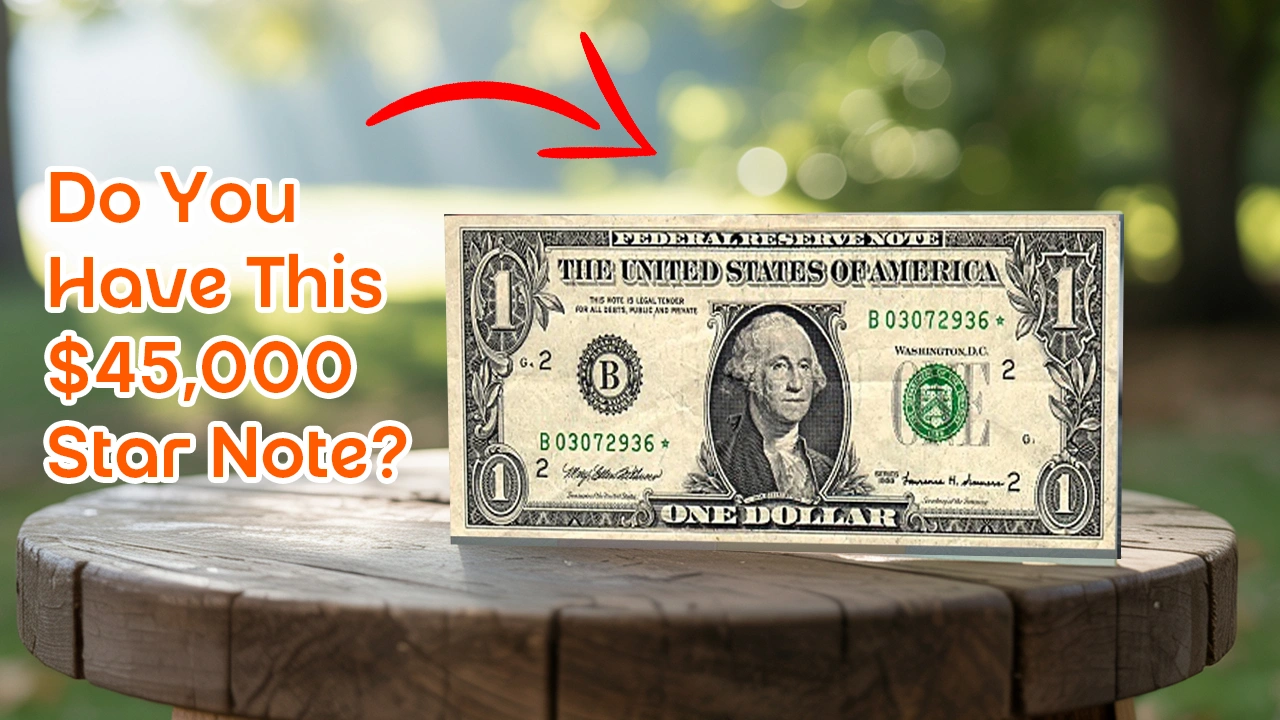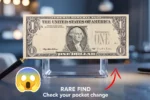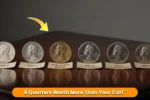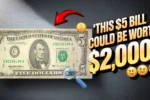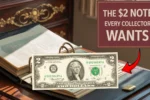Check Your Bill: Finding hidden treasure in your wallet might sound like a dream, but it could very well be a reality. Among the dollar bills we casually use every day, some rare ones—called star notes—can be worth thousands of dollars to collectors. One particular type of $1 star note has fetched over $45,000 at auctions, and knowing how to spot one might change the way you look at your cash forever.
What Is a Star Note and Why Is It So Valuable?
A star note is a replacement banknote printed by the U.S. Bureau of Engraving and Printing to replace misprinted or damaged bills during production. These notes are identified by a small star symbol in the serial number, usually at the end or beginning. Because they are printed in limited quantities to make up for errors, they are far rarer than standard notes. Collectors prize them for their scarcity, and certain series or printing errors within star notes can skyrocket their value, sometimes to tens of thousands of dollars.
How to Spot a $1 Star Note in Your Wallet
Identifying a star note is surprisingly easy if you know where to look. Simply examine the serial numbers on your $1 bills carefully. A star note will have a star symbol () at the end or start of its serial number instead of a letter. For example, a serial like “B12345678” indicates a star note. Once you spot this unique symbol, you’re already halfway to determining if you’re holding a valuable piece of currency.
The Specific $1 Star Notes Worth Over $45,000
While all star notes are somewhat rare, only specific series and conditions command extremely high prices. One example is the 2013 series $1 star notes printed in Fort Worth, Texas, with certain serial number ranges. Errors in the production led to overlapping serial numbers, making these notes highly desirable to collectors. In pristine condition, these rare finds have sold for over $45,000 at auctions.
Why Condition and Serial Numbers Matter for Value
The value of a star note depends heavily on its condition and specific serial number. Collectors prefer notes that are crisp, uncirculated, and free from creases or stains. Additionally, low serial numbers (like 00000001*) or fancy patterns (like 12344321*) can dramatically increase a note’s worth. A common star note in poor condition might only fetch a few dollars above face value, but a rare one in perfect condition can be a life-changing discovery.
What Should You Do If You Find a Star Note?
If you come across a star note, don’t rush to spend it. First, check online databases or consult a currency collector to determine its potential value. Websites and apps dedicated to U.S. currency often list valuable star note series and serial number ranges. You might also consider getting the note graded by a professional service, as certified grades can influence collector interest and auction prices.
Frequently Asked Questions
What is the rarest $1 star note ever found?
The rarest are typically those with printing errors or low serial numbers, like duplicate serial star notes from the 2013 Fort Worth series.
Can used or circulated star notes still be valuable?
Yes, even circulated star notes can be worth money if they belong to rare series or have unique serial numbers, though uncirculated notes are more valuable.
How can I sell a valuable star note?
You can sell through auction houses, online marketplaces, or directly to currency collectors. Having it graded first can boost your selling price.
Are star notes only found on $1 bills?
No, star notes can appear on all denominations, but $1 star notes are the most commonly encountered by the public.
Is it legal to sell star notes for more than their face value?
Absolutely. Like any collectible, rare currency can be sold for whatever price a buyer is willing to pay.
